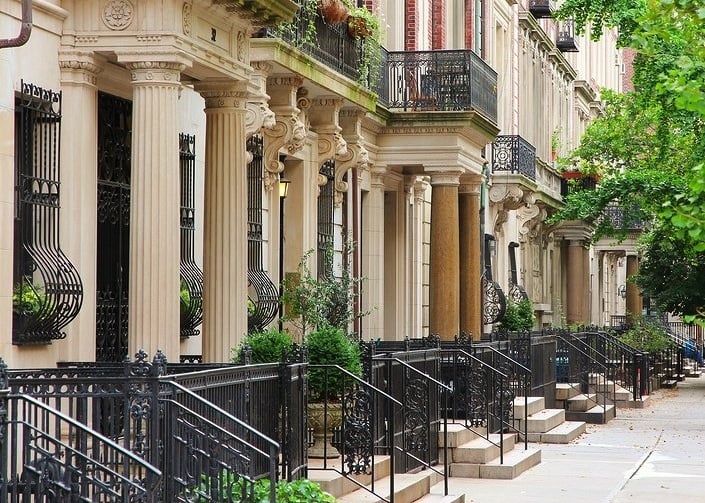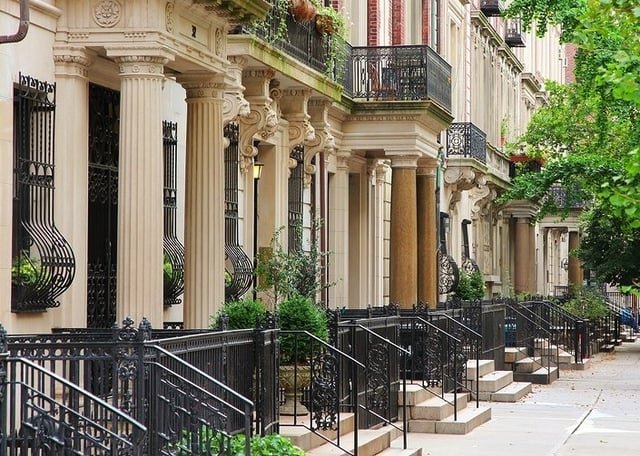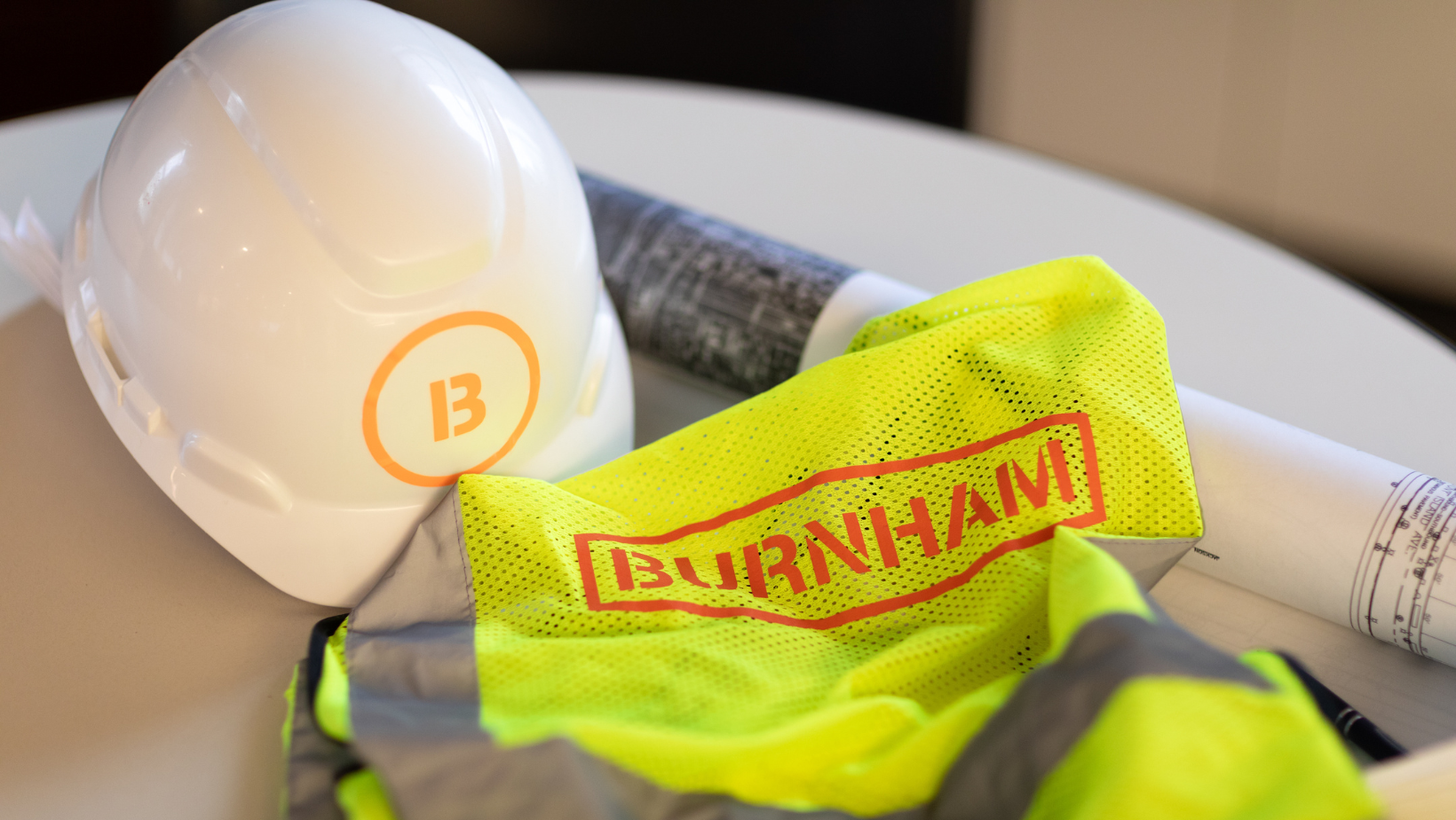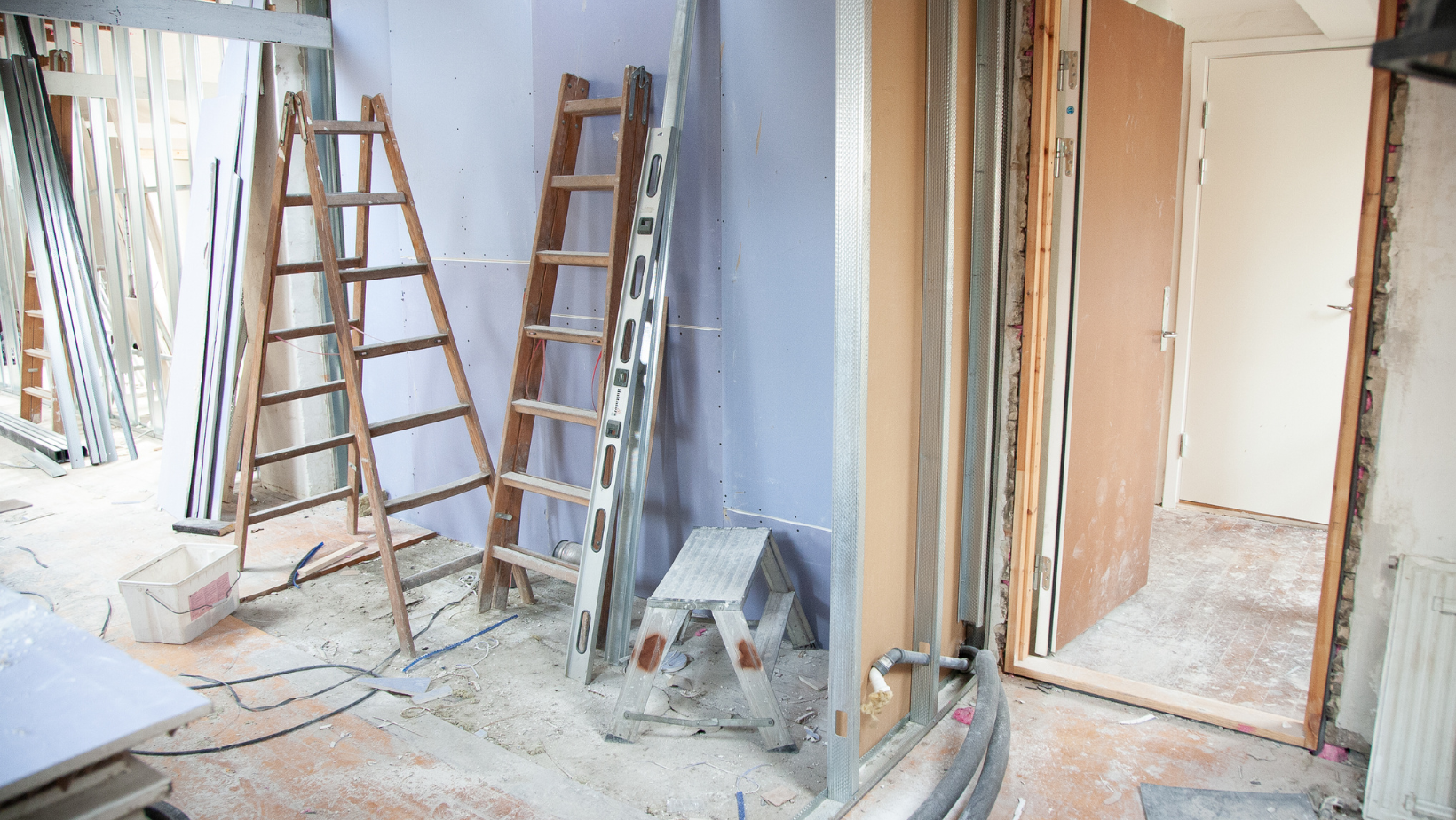2018 Illinois Energy Conservation Code Preview: Residential Buildings

Posted by Christopher E. Chwedyk, CSI, AIA

This is the last post in our three-part series on the upcoming adoption of the 2018 Illinois Energy Conservation Code (Illinois Energy Code) based on the 2018 International Energy Conservation Code (IECC). In two prior posts, we discussed the history of the Illinois Energy Code, some of the differences between the current version of the IECC and the 2018 edition, and the changes to the IECC’s commercial building provisions. This post details some of the revisions to the IECC’s residential building provisions that are likely to impact the Illinois Energy Code.
Residential buildings that contain more than three stories in height above grade must follow the IECC’s chapters governing commercial construction despite the existence of the IECC residential building provisions. Also, care should be taken when dealing with any residential one-and-two-family dwellings and townhouses with three or fewer floors because these may also be regulated by a local jurisdiction that has adopted an earlier version (2015 and earlier) of the International Residential Code (IRC). The energy conservation provisions contained in the IRC may not align with the upcoming state code (Illinois does not adopt the IRC as a state code).
The following highlights the changes to the IECC’s residential building requirements to increase or protect energy efficiency and may impact the Illinois Energy Code.
Table R402.1.2, Table R402.1.4 has been modified to improve window efficiency. Vertical fenestration U-factors in CZ 3 & 4 have been lowered from 0.35 to 0.32 and CZ 5-8 from 0.32 to 0.30.
R-5 insulation has been added as a requirement in Table R402.1.2 for heated slabs in all climate zones. Also, added language to the air barrier and insulation installation table will specify the following:
- Supply and return register boots must be sealed to the subfloor or drywall.
- Recessed lighting must be sealed to the finished surface.
- Space behind electrical/phone boxes needs to be insulated.
ICC/RESNET Standard 380 is now referenced as an envelope leakage testing option. Ducts that are tested to have a maximum leakage rate of 1.5 cfm25/100 SF to the outside, are insulated with ≥ R-8 insulation, and have at least R-19 insulation above and to the sides of the ducts, will now count as being in conditioned space.
R403.6.1 will require a minimum fan efficiency of 1.2 cfm/watt for HRV and ERVs.
R404.1 Lighting Equipment will increase the percentage of high efficacy lamps in permanently installed fixtures from 75 percent to 90 percent. This will remain a mandatory requirement.
Table R406.4 Energy Rating Index (ERI) increases the maximum ERI scores from (51-55) to (57-62). It also clarifies that when on-site renewable energy is included for compliance, the building must meet the mandatory requirements of R406.2 and the thermal envelope shall meet or exceed the requirements of the 2015 IECC.
ERI scores will be increased from 55 to 61 in CZ 5 and from 51 to 57 in CZ 4. When on-site renewable energy is included in the ERI calculation, buildings must meet or exceed the thermal envelope requirements in Table R402.1.2 of the 2015 IECC. The 2009 IECC envelope backstop will remain in effect for buildings without onsite generation.
The ANSI/RESNET/ICC 301-2014 is now a referenced standard in the code as the basis for the ERI calculation. Additionally, ANSI/RESNET/ICC 380-2016 is now a referenced standard for building envelope testing.
As we noted in an earlier post, the Illinois Energy Code Advisory Council is in the process of reviewing proposed amendments to the Illinois Energy Conservation Code based on the 2018 edition of the IECC. After the council submits the proposed amendments to the Joint Committee on Administrative Rules, there will be an opportunity for public comment prior to the amendments’ adoption. We will provide updates on significant developments regarding the revised Illinois Energy Conservation Code.





